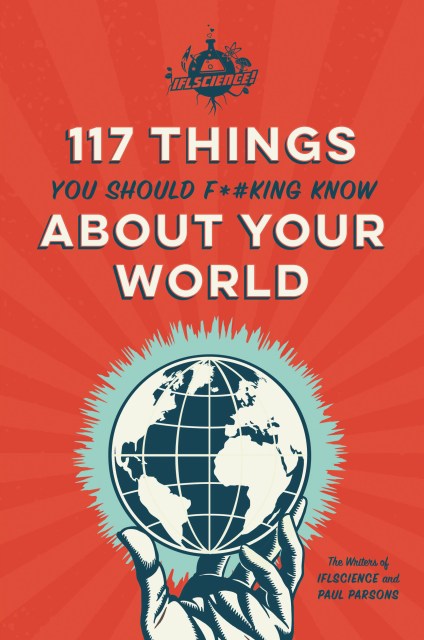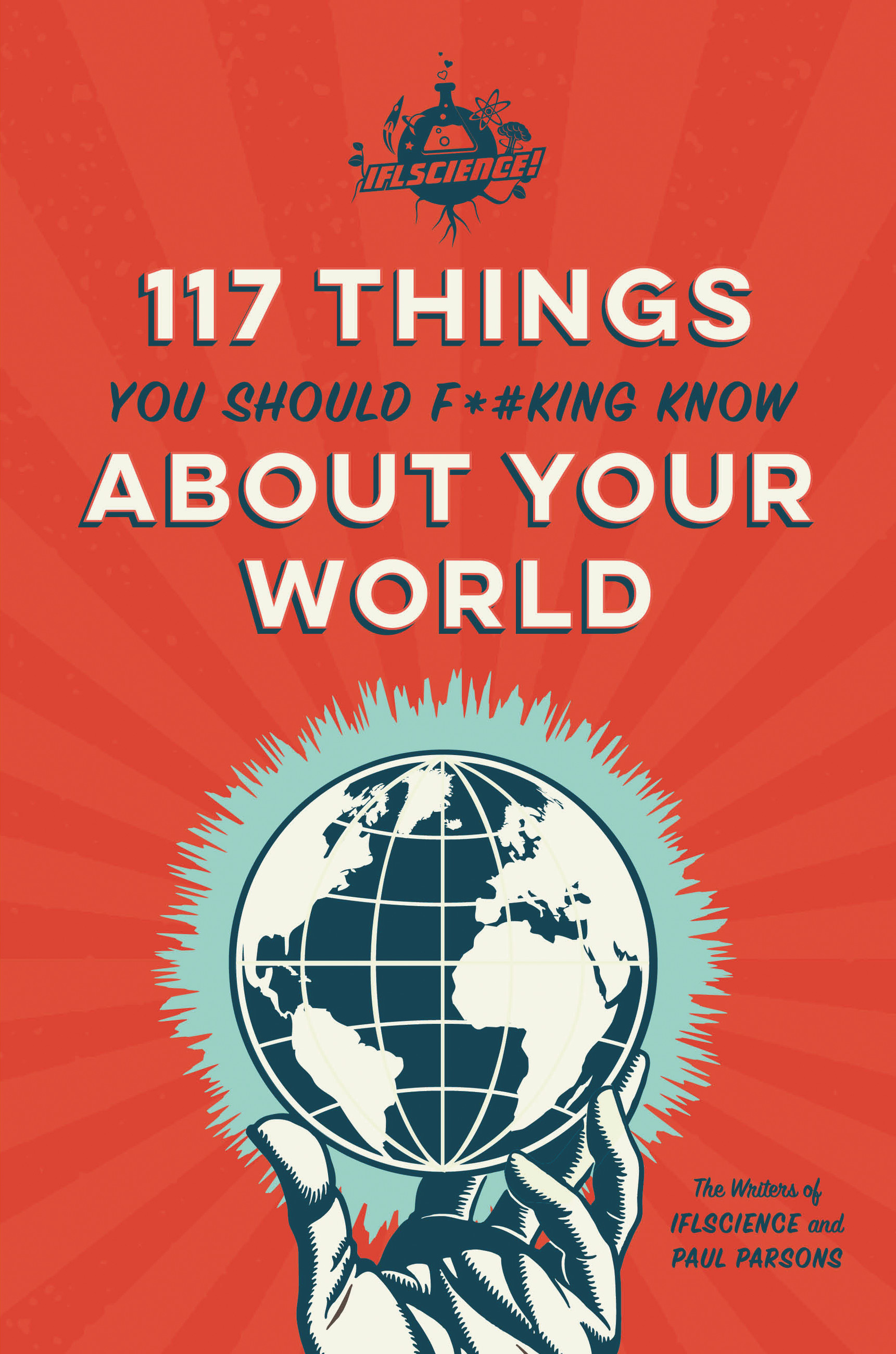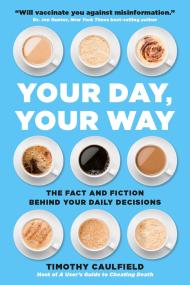Promotion
Use code MOM24 for 20% off site wide + free shipping over $45
IFLScience 117 Things You Should F*#king Know About Your World
Contributors
By Paul Parsons
Formats and Prices
Price
$13.99Price
$17.99 CADFormat
Format:
ebook $13.99 $17.99 CADThis item is a preorder. Your payment method will be charged immediately, and the product is expected to ship on or around October 8, 2019. This date is subject to change due to shipping delays beyond our control.
Also available from:
117 Things You Should F*#ing Know About Your World is a compendium of the greatest articles from IFLScience’s long history, broken up by leading subjects:
- Health & Medicine
- Plants & Animals
- Technology
- The Brain
- Space
- The Environment
- Chemistry
- Physics
From pinpointing the exact worst time to be alive in human history, to learning what makes you a procrastinator or a go-getter, to the very key to a happy sex life, and so much more, this is the science book that only the world’s leading source of crazy-but-true stories could produce.
Genre:
- On Sale
- Oct 8, 2019
- Page Count
- 256 pages
- Publisher
- Running Press
- ISBN-13
- 9780762494514
Newsletter Signup
By clicking ‘Sign Up,’ I acknowledge that I have read and agree to Hachette Book Group’s Privacy Policy and Terms of Use







